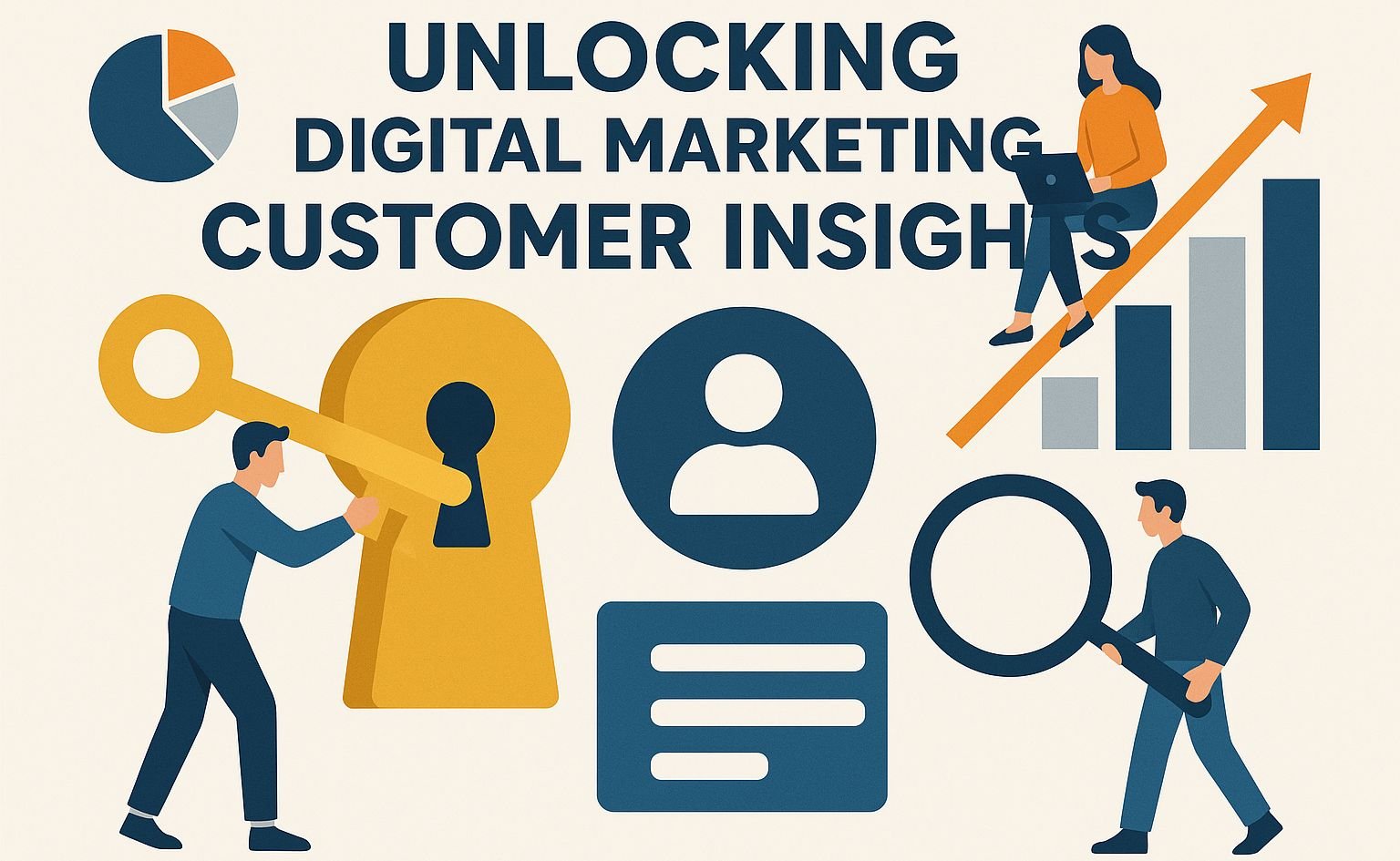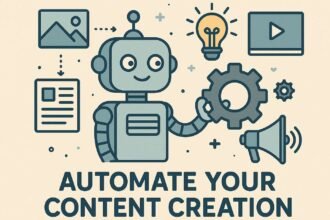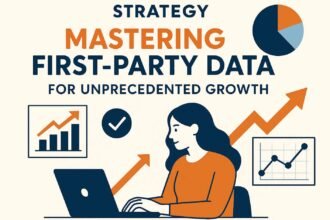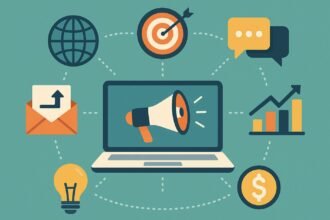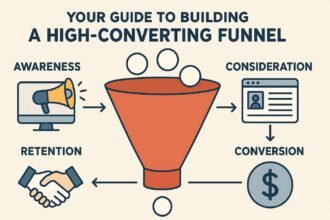In today’s world, where data is king and competition never sleeps, knowing your customers isn’t just a nice thing to do; it’s necessary for survival. The brands that do well don’t have the most expensive ads or the biggest budgets. They are the ones who really know their audience and do something about it.
The key is not just gathering data but also turning raw numbers into useful insights that lead to growth, loyalty, and personalized experiences. Let’s talk about how to get really good at getting customer insights in digital marketing.
What Are Customer Insights, Anyway?
Customer insights are the “why” behind the “what.”
The data shows you what happened: half of the people who came to the site left their carts.
Insight tells you why it happened: maybe the shipping costs were too high or the checkout process was hard to understand.
The real value is in the change from numbers to meaning.
Step 1: Build the Base of Your Data
Gathering comes before analyzing. You need to get information from more than one source to get the whole picture of a customer.
Important Places to Get Customer Data
| Source | What It Shows | Example Use |
|---|---|---|
| Analytics for the web | traffic, actions, and conversions | Find out where customers leave the funnel. |
| Listening to Social Media | Brand mentions, feelings, and trends | Find out what people are complaining about or what they’re interested in right now. |
| Surveys and Feedback | Direct thoughts, needs, and problems | Surveys after a purchase to find out what went wrong |
| Systems for Customer Relationship Management | History of purchases and logs of communications | Find loyal customers and patterns in their purchases. |
| Research that looks at quality | Deeper feelings and reasons | Interviews or tests of usability to find hidden problems |
Step 2: Make Sense of the Data
Getting data is only half the fight. When you look at the data and connect the dots, that’s when the magic happens.
How to Get Information
- Divide Your Audience
Sort customers into groups based on their age, interests, and behavior.
For example, Gen Z might like videos more than older groups do. - Find Patterns and Trends
Look for behaviors that happen over and over.
For example, customers who come from Instagram are more likely to buy than those who come from Twitter. - Connect Across Channels
Use information from more than one platform.
For example, if a lot of people are visiting your blog about “sustainable fashion” and talking about eco-friendly clothing on social media, you have a great chance. - Make Customer Personas
Make realistic profiles with names, jobs, goals, and problems.
Helps your team make things more personal and find the right people to talk to. - Plan the Customer Journey
Make a list of all the points of contact, from awareness to after-sales.
Find the places where things go wrong and make the experience better little by little.
Step 3: Stay Away from the Most Common Mistakes
A lot of companies gather data but don’t use it to its full potential. Be careful of these traps:
- ❌ Ignoring qualitative data → Numbers alone don’t tell the whole story.
- ❌ Getting too much data → Causes “analysis paralysis.”
- ❌ Not acting on insights → Insights that aren’t acted on are useless.
- ❌ Siloed systems = tools that don’t talk to each other = a lack of understanding.
Last Thoughts
Learning everything there is to know about your customers isn’t something you do once; it’s a journey that never ends. When you look deeper into your customers’ motivations, behaviors, and feelings instead of just looking at surface-level metrics, you open up powerful opportunities:
- Connections that are stronger
- Better choices for products
- Experiences that are unique to you
- Growth of businesses that is good for the environment
Brands that don’t just listen to their customers but really get them will do well in the future. If you collect, analyze, and act on data in a way that puts people first, your digital marketing can go from guesswork to a data-driven engine for success.
👉 Remember: the best way to beat the competition is to know your customer inside and out.


